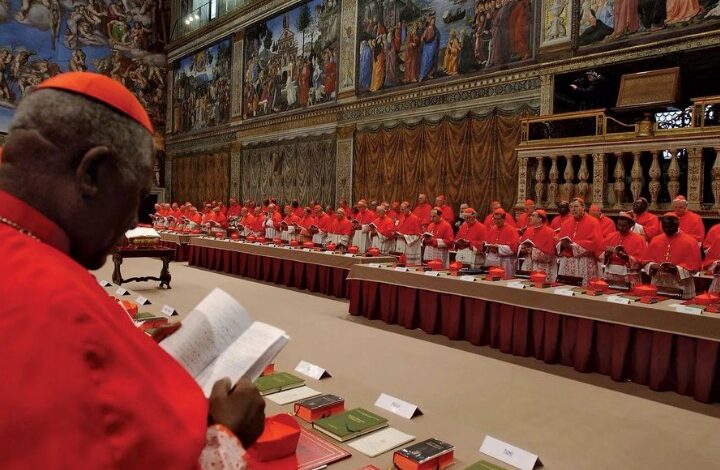Who will be the next Pope? A look inside the Papal conclave

Vatican City, April 21, 2025— The Catholic Church and the global community are collectively mourning the loss of Pope Francis, who died on Monday after a prolonged illness.
This event has profoundly impacted millions, reflecting a shared sense of grief across the faith.
His passing signifies a pivotal moment in the history of the Catholic Church. Consequently, the faithful are now focused on the critical process of selecting his successor.

This transition invites much reflection and hope within the community.
Next, the upcoming Papal Conclave will play a vital role in determining the future of the Church.
Steeped in tradition and solemnity, this event will choose the next leader for the world’s 1.3 billion Catholics.
Pope Francis served as the 266th pope since his election in 2013, known for his progressive views on social issues.
His leadership fostered a spirit of inclusivity and compassion that many cherished during his papacy.
Furthermore, his death has ignited widespread speculation regarding the future leader of the Catholic Church.
Many hope for someone who will honor and continue his legacy of empathy and social justice in their tenure.
The Papal Conclave: A Sacred Process
The selection of the new pope is governed by a centuries-old tradition known as the Papal Conclave.
This unique process carries deep spiritual significance. Primarily, the College of Cardinals conducts it, as they are responsible for electing the pope.
Eligibility and Voting Process
Only cardinals under the age of 80 can vote, thus narrowing the pool to roughly 135 out of 252 total cardinals.
Moreover, a rule set by Pope Paul VI restricts the number of voting cardinals to 120, complicating the selection process further.
As the conclave begins, the cardinals take an oath of secrecy, promising to avoid any outside communication, including with the media.
This vow underscores the belief that the Holy Spirit should guide their decision, free from external influences.
The Voting Ritual
The voting process is a deeply spiritual affair. Each cardinal actively writes their chosen candidate’s name on a ballot. Subsequently, they fold it and place it in a chalice atop the altar, accompanied by the prayer: “I call as my witness Christ the Lord who will be my judge.”
To be elected, a candidate must obtain a two-thirds majority of the votes cast. This requirement ensures a strong consensus among the cardinals.
If no candidate achieves this majority after several voting rounds, the cardinals pause for prayer and reflection. This thoughtful process may extend for days, weeks, or sometimes even months, emphasizing the seriousness of their decision.
The longest conclave on record lasted nearly three years.
After each voting round, the ballots are burned, with chemicals added to the fire to indicate the outcome. Black smoke signals that no decision has been reached, while white smoke announces the election of a new pope.
The Announcement and First Blessing
After a new pope is elected, he dresses in white, prays fervently, and then appears on St. Peter’s Basilica balcony to address the world.
The most senior cardinal joyfully announces, “Habemus Papam!” (We have a Pope), followed by the new Holy Father’s first blessing, Urbi et Orbi (“to the City and to the World”).
Consequently, the bells of St. Peter’s ring out, marking this joyous occasion for Catholics worldwide.
While the Church prepares for this pivotal moment, both believers and non-believers reflect on Pope Francis’s legacy and the Catholic Church’s future direction.
As a result, the world watches closely, eagerly awaiting the emergence of a new leader who will guide the faithful amidst future challenges and triumphs.
Post Views: 39





